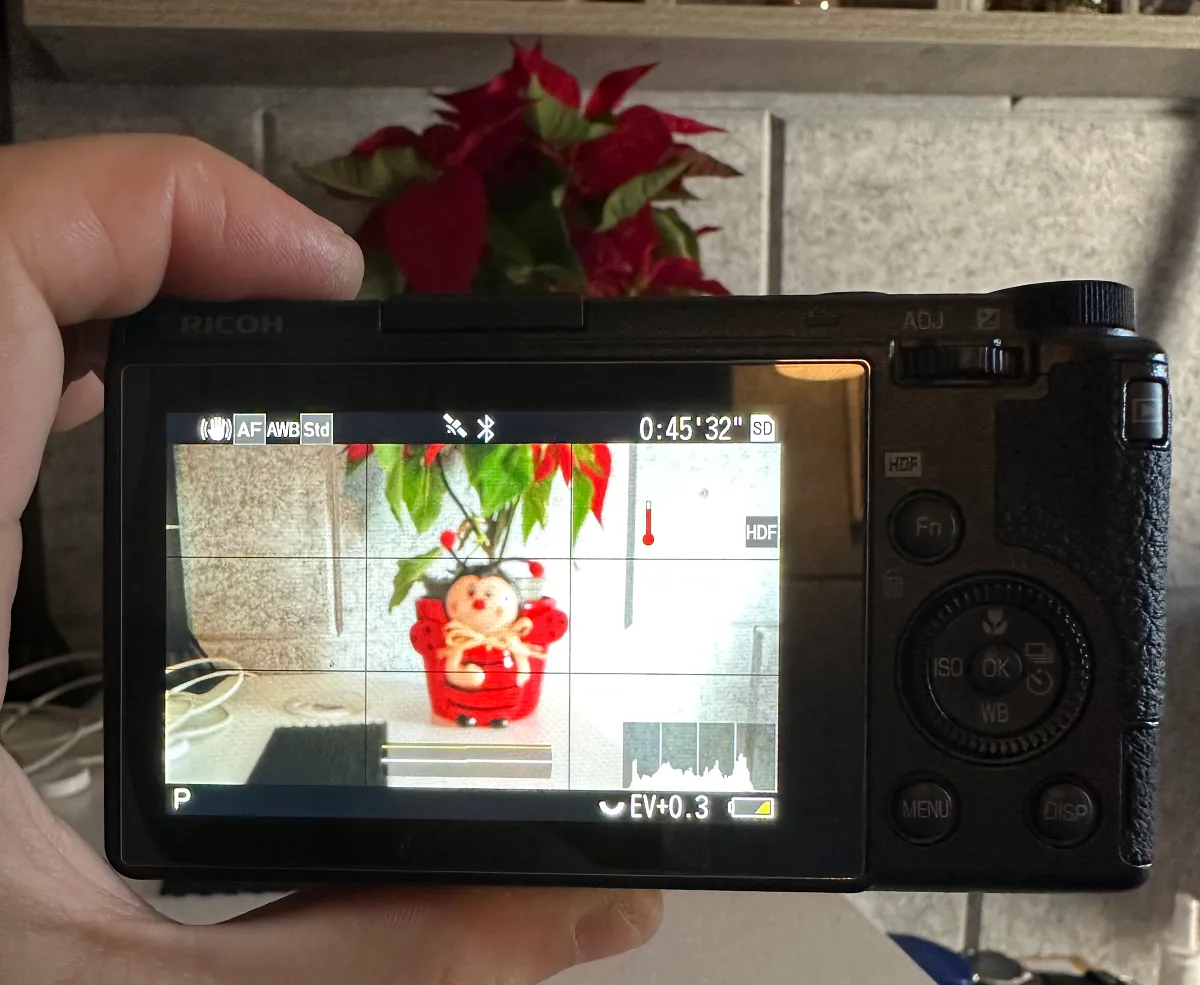I wanted to love the Ricoh GR III. I really did. As someone who appreciates compact cameras that pack a punch, the GR III seemed like a dream come true. Small enough to fit in a pocket, yet capable of delivering stunning image quality? What’s not to love? Well, as it turns out, quite a bit.
When I first got my hands on the GR III, I was genuinely impressed. The build felt solid, the controls were intuitive, and the image quality was every bit as good as advertised. It was my ideal street and daily photography companion. But then came the problems — the overheating and the infamous dust issue.
The Overheating Problem
The first time my GR III overheated, I shrugged it off. It was a hot summer day, and I had been shooting for a while. “Maybe it’s just a one-off thing,” I thought. But it wasn’t. The overheating became a recurring issue, even on cooler days and during relatively light use. I’d be in the middle of framing the perfect shot, and suddenly, the camera would flash a warning and shut down. It was frustrating and, frankly, unacceptable for a camera at this price point.
I did some digging online and quickly discovered that I wasn’t alone. Many GR III users had experienced the same issue. Some people suggested turning off features like stabilization, Bluetooth or limiting video use to reduce heat buildup. While these workarounds helped a little, they came at the cost of functionality — why should I have to compromise on features just to prevent my camera from melting down? Video is not a big issue (it sucks anyway) but stabilization is a deal-breaker for me.
The Dust Issue
If the overheating wasn’t enough, the GR III’s infamous dust problem sealed the deal. Like many others, I started noticing tiny specks on my photos, especially when shooting at smaller apertures. At first, I thought it might be a lens smudge. But after closer inspection, it was clear: dust had made its way inside the fixed lens assembly.
To say I was disappointed would be an understatement. A compact camera like this should be designed with better sealing, especially since it’s marketed as a portable, take-it-anywhere device. Sure, Ricoh offers cleaning services, but sending the camera in for maintenance every time dust gets inside isn’t exactly practical — or cheap.
Trying to Give It a Second Chance
Despite these issues, I wanted to give the GR III another chance. I loved its size, its discreet design, and the beautiful photos it could produce when everything worked. But the problems kept piling up. I wanted to love this camera so much that despite the bad experience I ordered the newer HDF version. I was hoping maybe with this slightly new revision Ricoh somehow had improved these weaknesses.
And here we go again. The overheating cut a shooting session short. That was the last straw for me.

Why I’m Moving On
It’s not easy to say goodbye to a camera you’ve invested so much hope in. The Ricoh GR III has so much potential, and when it works, it’s incredible. But the overheating and dust issues have made it unreliable, and for a tool I depend on for capturing memories, that’s a dealbreaker. There are some other drawbacks that you should probably know. I have discussed those in this post.
I’m not writing this to bash Ricoh or discourage others from trying the Ricoh GR III. For some people, the camera’s strengths may outweigh its flaws. But for me, it’s time to move on. I need a camera that I can trust in any situation, not one that leaves me crossing my fingers every time I power it on.
Goodbye, Ricoh GR III. I wish things had turned out differently.
